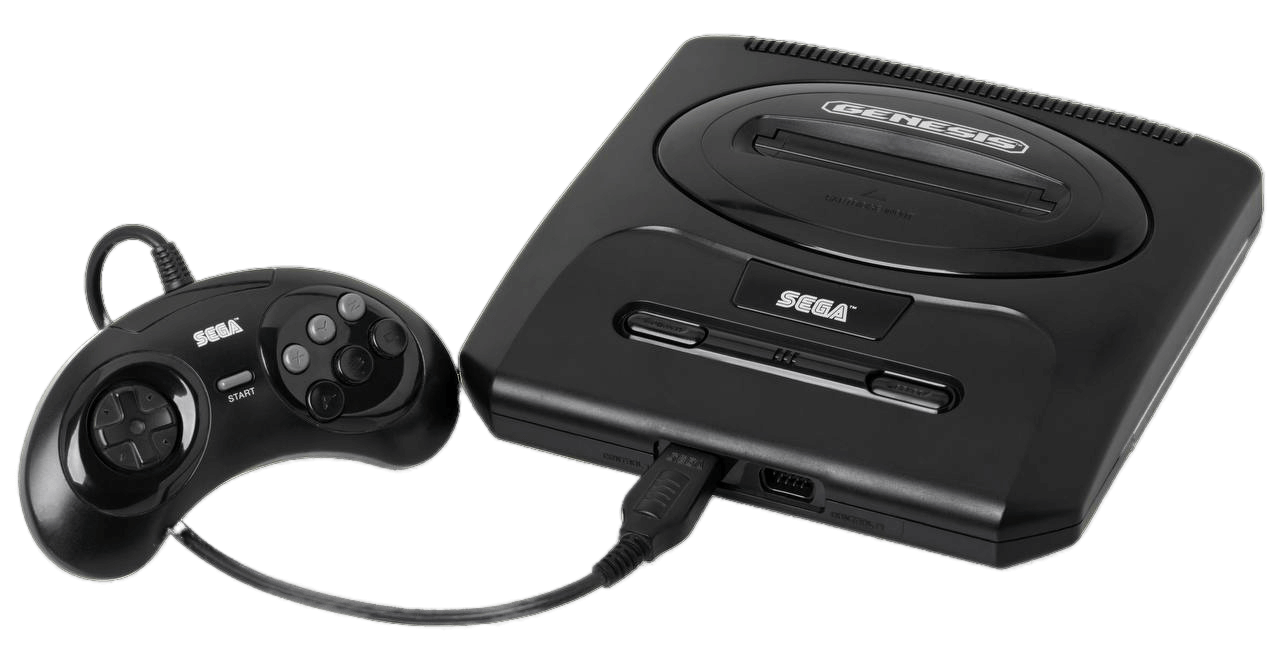
The Sega Genesis, known as the Mega Drive outside North America, launched in Japan in 1988 and arrived in the U.S. in 1989. Designed to compete with Nintendo’s NES, the Genesis was a 16-bit powerhouse featuring a Motorola 68000 processor and a Yamaha FM sound chip that delivered crisp arcade-quality audio and visuals. Early titles like Altered Beast helped showcase its technical capabilities, but it was the introduction of Sonic the Hedgehog in 1991 that catapulted the Genesis into mainstream success and gave Sega its first true mascot to rival Mario.
Sega marketed the Genesis with a bold, edgy attitude aimed squarely at teenagers, using slogans like “Genesis does what Nintendon’t.” The strategy paid off—especially in North America—where the Genesis initially outsold the Super Nintendo and built a strong library of action, sports, and arcade-style games. Titles like Streets of Rage, Gunstar Heroes, and Mortal Kombat (complete with uncensored blood) reinforced Sega’s image as the cooler, more mature choice. However, Sega’s rapid release of hardware add-ons like the Sega CD and 32X ultimately fragmented its audience and damaged consumer confidence.
By the mid-1990s, competition from the Super Nintendo and the arrival of Sony’s PlayStation began to overshadow the Genesis. Despite this, the console sold over 30 million units and remains a beloved platform in retro gaming culture. Its influence lives on through modern re-releases, mini consoles, and fan-made projects. The Sega Genesis didn’t just define the 16-bit era—it helped shape the identity of gaming in the early ‘90s and made Sega a household name across the world.
Sega Genesis Technical Specifications
| Component | Specification |
|---|---|
| CPU | Motorola 68000 @ 7.6 MHz (Main), Zilog Z80 @ 3.58 MHz (Secondary) |
| Graphics | VDP capable of displaying 64 colors simultaneously from a 512-color palette |
| Resolution | 320x224 (typical), 256x224 also supported |
| Sound | Yamaha YM2612 FM Synthesizer + Texas Instruments SN76489 PSG |
| Media | ROM Cartridges (up to 4MB) |
| Controllers | Standard 3-button (later 6-button model introduced) |
| Release Date | 1988 (Japan), 1989 (North America) |